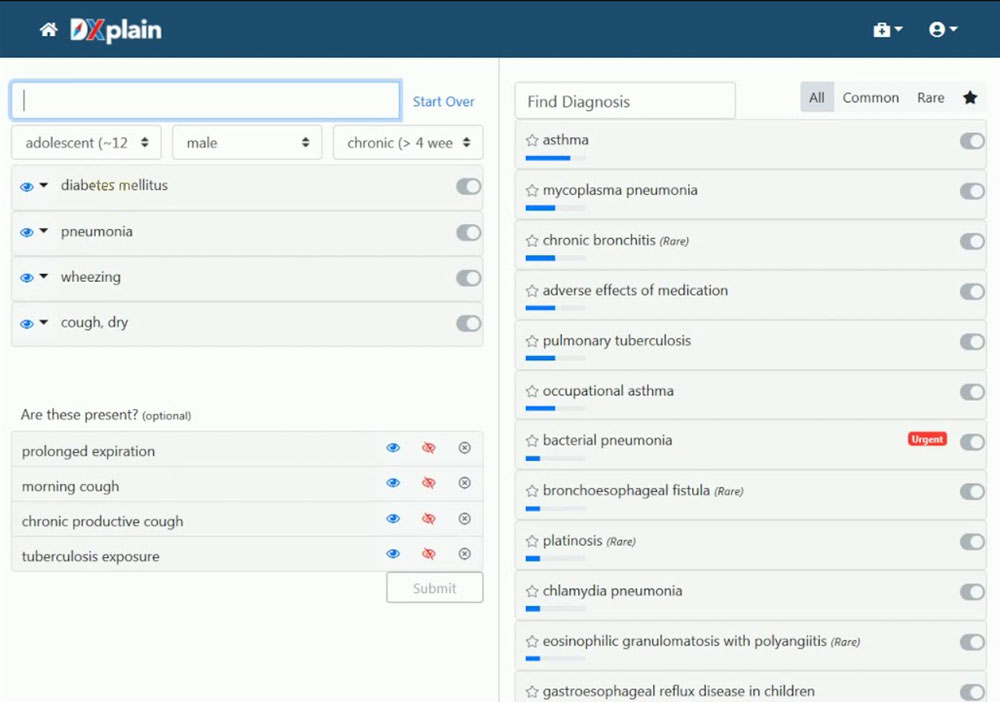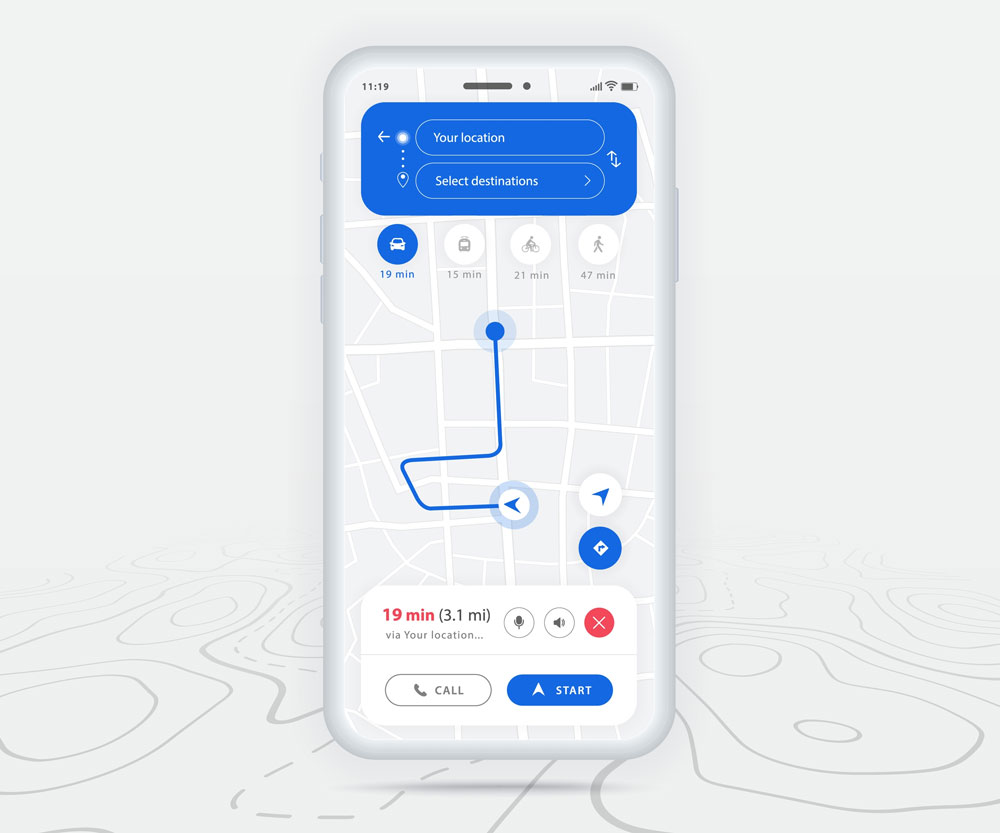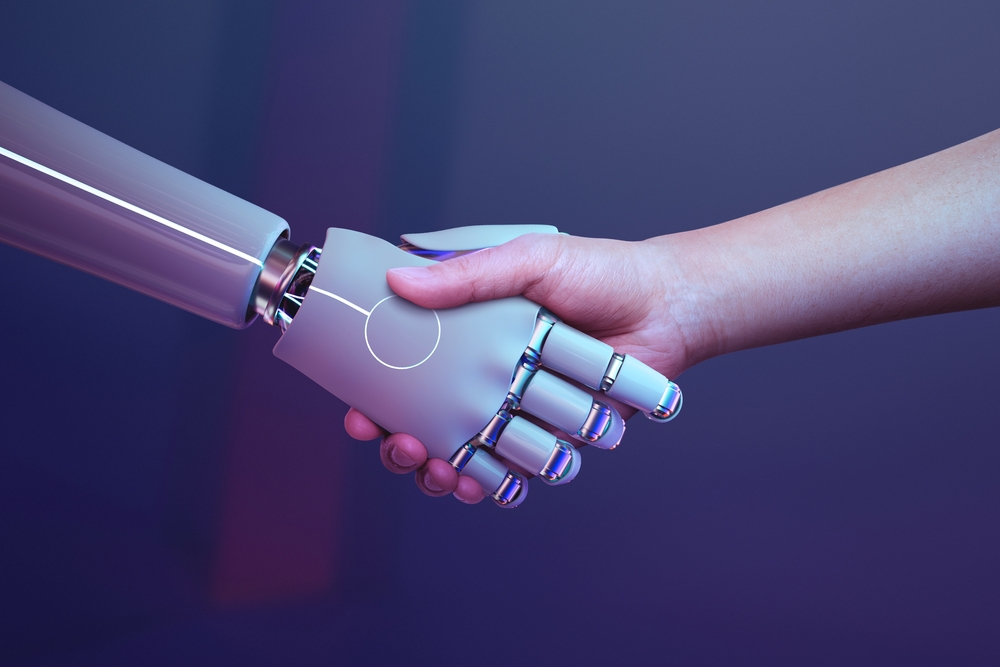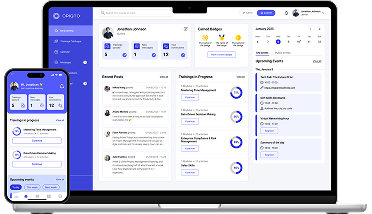With recent breakthroughs in generative AI like ChatGPT or Midjourney, it seems like everyone has become an AI enthusiast now, and the e-learning crowd is no exception. The question is what technologies there are, what tasks they can elevate or transform altogether, and what the pitfalls are. So let's dive right in.

AI-generated artworks even win contests. For example, "Théâtre D'opéra Spatial" by Jason M. Allen was created using Midjourney and won a Colorado State Fair's annual art contest for emerging digital artists last year. Source
Fields of artificial intelligence
There are many AI technologies and many ways to categorize them. However, in general, all of the AI subdomains work on one of two principles:
Knowledge-based systems apply a predefined knowledge base to perform a constrained set of tasks. Experts structure their knowledge regarding these tasks, usually in the form of "if … then …" rules and facts, and the algorithm then follows these rules, thus successfully scaling up operations. Knowledge-based systems are great for routine tasks that change little with time and rely on data quality and consistency.

An example of such a knowledge-based system is DXplain, a diagnostic tool that helps clinicians to rule out diagnoses based on patients' symptoms. Source
Machine learning uses data and algorithms to learn how to do tasks without explicit programming. The system isn't told what rules to follow. Instead, it is fed the prepared data and the desired output, and through different calculations, it learns how to achieve the desired result by itself. As a result, ML algorithms are much more adaptive but require very high maintenance and constant adjustment to produce accurate results.
Take adaptive learning, for example. With knowledge-based learning, the platform would automatically choose a course for a student based on rules set up prior by, let's say, an instructional designer. E.g., the system would detect that the student scored low on a test, adjust the course difficulty, and include an additional module for the topic that needs to be repeated.
A machine learning–based system, on the other hand, would analyze all students' training data to see which course historically helped similar students achieve the best results and suggest such a course to a learner.
Both approaches are used in different domains of AI application, including but not limited to:
Computer vision — algorithms that derive information from pictures and videos, e.g., recognize specific objects.

Besides recognizing faces on the streets, cats in pictures, and vehicles on roads, computer vision plays a major role in manufacturing, e.g., it detects defects in produced components. Source: Shutterstock
Natural language processing — systems that recognize, analyze, translate, and generate written and spoken human speech. Chatbots, translator apps, voice assistants, and voice-to-text converters — all exist thanks to NLP.

ChatGPT is an example of the most advanced NLP at the moment, NLP "on steroids," if you wish. But we all have used NLP technologies long before, e.g., autocomplete feature on phones. Source: android phone
Recommendation systems — systems that generate optimal suggestions within given constraints, e.g., find the best transportation route in terms of logistics, build a schedule, or provide analytical advice.

And in daily life, recommendation systems find us the best available Uber driver and generate an optimal path considering traffic. Source: Shutterstock
And all of these have great potential for making e-learning more flexible, efficient, and scalable.
Ways to apply AI in e-learning
There are many tasks and points in e-learning where AI is already applied. It optimizes and personalizes learning experiences, provides learners with feedback and support 24/7, automates administrative tasks, and even creates training content.
Personalizing learning experiences
As we mentioned in our example with adaptive learning, AI can analyze learner data and select the content that suits their needs, skill level, interests, and goals.
Example: an AI algorithm can use the results from an entry exam to choose an appropriate difficulty level for a course. I.e., during the training, it detects that the learner engages more with and retains more information from video content than a basic slideshow, so it includes more video content in the course. It can learn what subject interests a learner, find open source information, and compile a unique training course specifically for this learner.
Another promising application is detecting struggling learners to offer them additional support before they fail the course.
Creating learning content
Artificial intelligence can analyze not only users but the training content itself, which leads to interesting applications.
Example: there are projects that use NLP to write summaries of books and create quizzes based on their content. Some AI-based systems go as far as finding open content on the internet based on the learner's goals. AI also makes content more accessible via assistive technologies, for example, screen readers, voice-to-text transcribers, or automatic content translation to a different language. Also, AI can write substantive answers to learners' questions regarding training material, e.g., explain a concept.
Finally, you can incorporate AI into the curriculum, encouraging learners to use it in assignments.
Tracking progress and providing feedback
AI can automate the monitoring of learner performance and behavior and provide feedback in real-time.
Example: instead of simply pointing out wrong answers, an AI-powered system can analyze the learner's whole training journey and detect their strengths, weaknesses, and areas of improvement. It can also then visualize this information in the form of reports and suggest extra resources making the improvement trajectory much more apparent to the learner. Another direction of AI use is tutoring systems that provide students with a training roadmap and help improve their learning style.
Reducing administration
The workload of trainers and online learning platform administrators can be relieved to a great extent, and not only repetitive tasks but also ones that are considered more creative.
Example: natural language processing technologies are used to automatically analyze and grade written assignments, detect plagiarism, and answer user questions via chatbots. Knowledge-based systems can automate user base management, report building, and certificate generation. Recommendation systems can optimize schedules. And machine learning algorithms can flag suspicious activities during online exams.
However, the use of AI technologies has its challenges, including the ones specific to e-learning.
Limitations of artificial intelligence
Any AI entails technical difficulties. Therefore, a company that decides to embark on this journey will need to make sure it has the following:
Massive amounts of quality data
One of the main principles of machine learning, for example, is "garbage in — garbage out," meaning that poor data quality will skew the results. In practice, it also means the need for some data storage.
Highly trained specialists on the team
They will choose optimal algorithms, design and build an infrastructure, fix bugs, train algorithms, and then continually adjust and update them. They are also responsible for ensuring no bias is embedded into the algorithm. For example, if you use AI to grade learners' essays, but previously none of them received the highest grade, an algorithm can underscore even an excellent piece of work just because there was no data on work with a perfect score to train on, so the algorithm doesn't see it as a possibility.
Data privacy and security measures in place
All that data AI systems rely on needs to be collected, stored, shared, and used appropriately: learners should know what data is being collected from them and how it is used and protected from breaches or misuse by unauthorized parties. A good starting point is assuring GDPR compliance.
Ethical and legal considerations
AI systems impose a lot of questions that don't have a definitive answer to yet, like who holds the copyright for the AI-generated content, especially if you use AI to create paid training courses, or who is responsible when AI causes harm. So the more transparent you are and the more implications you've accounted for, the better.
Human oversight
Artificial intelligence is a powerful tool, but it won't replace educators in the foreseeable future, that's for sure:
- As with any technology, AI malfunctions.
- It relies on experts' input to provide context, evaluate, and correct output.
- Learning is social in its nature, and AI doesn't fully substitute a human connection with its verbal and non-verbal signals, emotions, and motivations.
However far AI has come, it still needs close human supervision.

We are not at this step. Yet. Source: I, Robot (2004)
How to address AI challenges in e-learning
Here are some tips on mitigating some of the issues that come with AI. We'll start with general advice and then move to the ones related to e-learning.
Start small
AI is costly, so test the water before committing to it.
Pinpoint a simple task that takes a lot of time manually and split it into individual steps. See which steps can be automated, whether you have enough data sources, and assess whether and which AI technology would fit. Next, measure and improve the impact of your AI system on learners' engagement, retention, and learning success: it should outweigh implementation costs. After successfully implementing and refining an algorithm, identify another gap and repeat.
Find a technological partner
You don't have to do the heavy lifting alone, especially if you decide on a vast implementation. Instead, find an experienced and credible team with relevant expertise that will shoulder technical aspects.
Prepare your team
Implementing AI is half-success. The other half is utilizing it correctly. AI is a disruptive technology, so introducing it to your team and teaching them what possibilities it opens is critical. Moreover, your experts will have to guide the algorithms, so they need to know how to work with them, what the benefits, challenges and implications are, and how to manage them.
Design learning content with AI capabilities in mind
Clear-cut training objectives are better for algorithmic analysis. They usually entail short-form content that goes great with interactivity and gamification that also can be provided with the use of AI. Interactivity requires immediate feedback that AI can personalize and contextualize through continuous measurement and analysis. So here you have it: short, interactive content with feedback will exploit AI potential.
Use a learning experience platform
A learning experience platform, or LXP, is an AI-powered learning platform focusing on personalized learning. It is usually delivered as software as a service (SaaS). That means you don't have to develop anything in-house and bear many technical and legal implications — the service provider can do it for you. Common features LXPs offer are:
- Personalized learning. AI algorithms recommend learning content based on the user's training history and preferences.
- Peer learning. LXPs use AI to enable learners to learn from each other. Peer collaboration can take various forms, such as peer tutoring and assessment, seminar discussions, support groups, group projects, and user content curation and creation.
- Intelligent tutoring systems. AI can guide learners through their learning trajectories, track their progress, and provide support.
- Content creation. AI can tailor existing content to users' needs, generate new content, or find relevant content from third-party sources.
- Automated grading. AI can score learners' assignments and provide them with instant feedback.
- Data-driven learning. LXPs use AI to gather, analyze, and report on learner performance and engagement metrics, spot issues and forecast learning outcomes, suggest intervention measures, etc.
All of these points make for a user-centered learning experience.

Artificial intelligence has benefited every field possible and can elevate your e-learning platform too. It automates administrative tasks, freeing managers' time for more productive and strategic activities. It tailors content to the learners' needs, bringing better educational results. Finally, it powers interactive features, boosting engagement and facilitating the learner's active role.
However, harnessing AI is non-trivial, both from a technical and practical standpoint. So we hope our guide has helped you make your first steps on the "smart" journey.
Published on March 14, 2023
